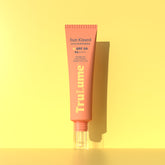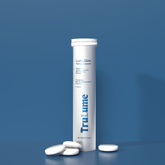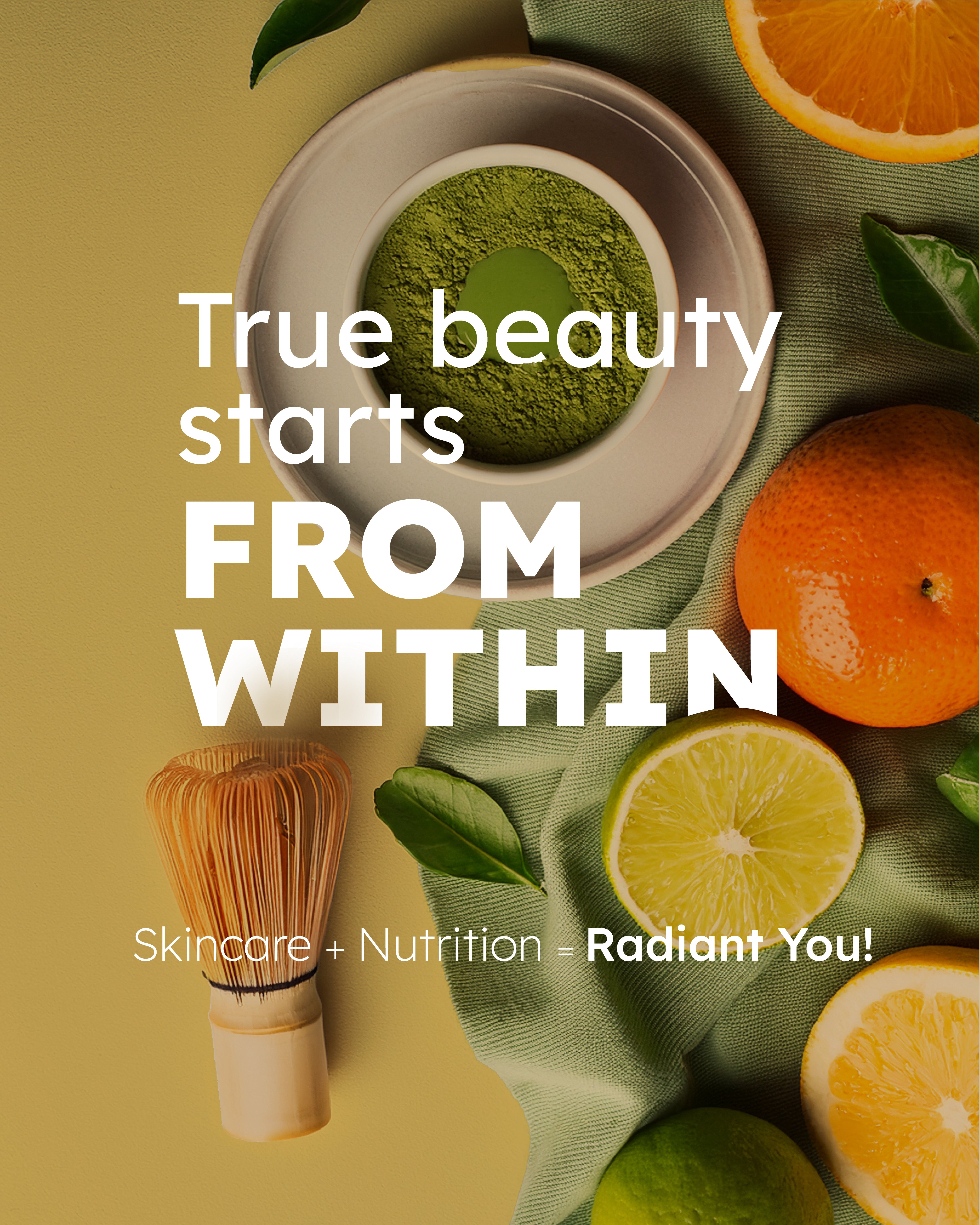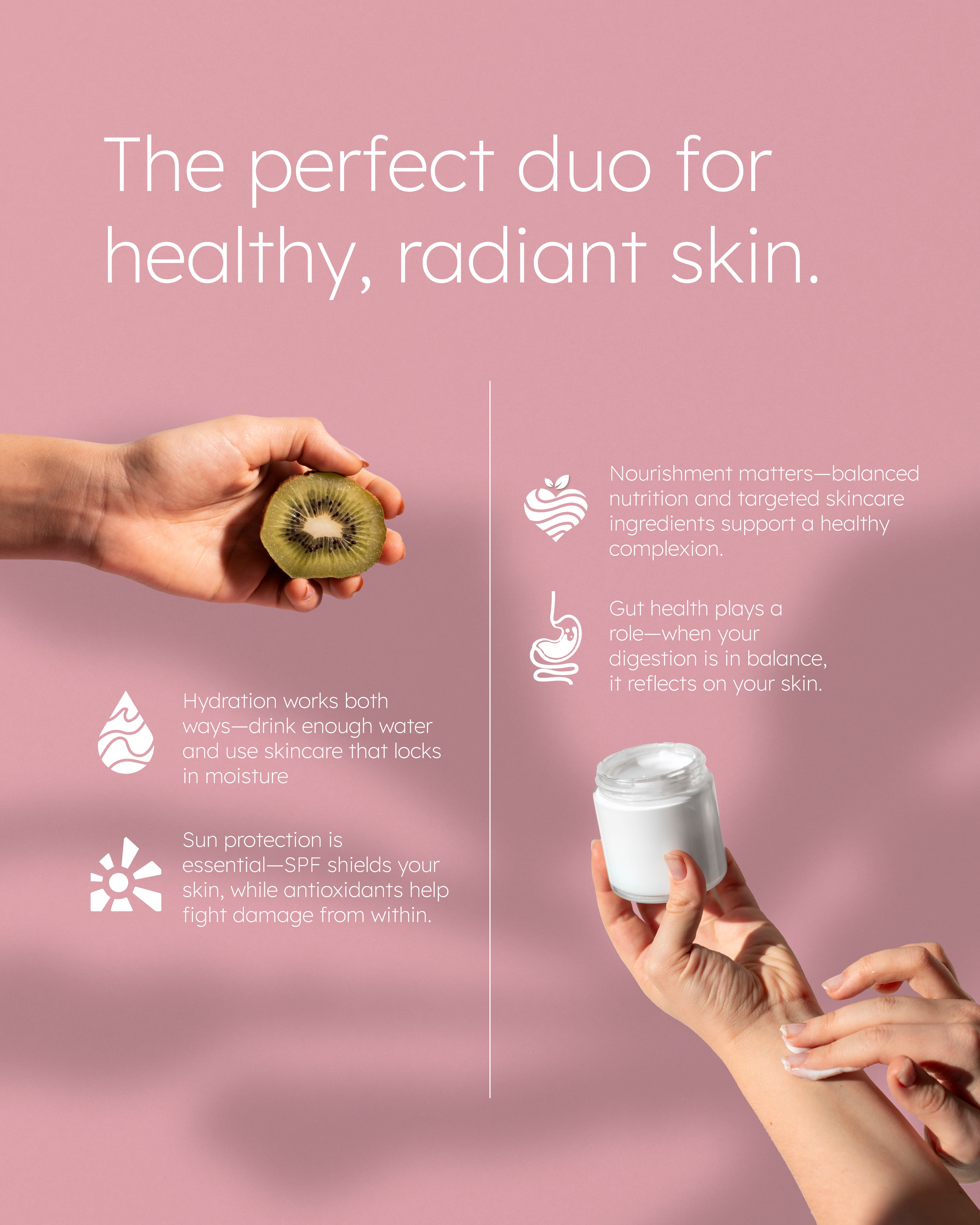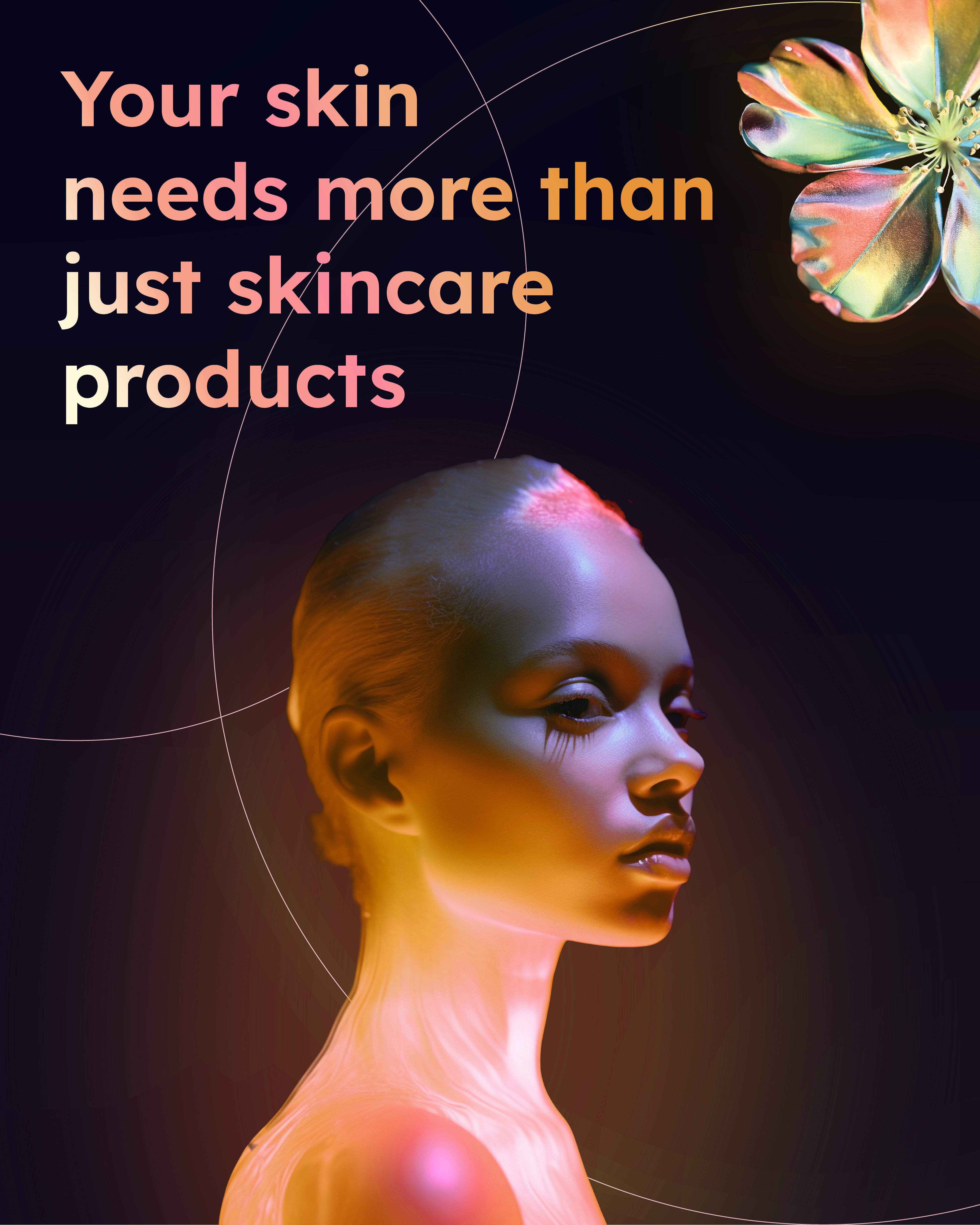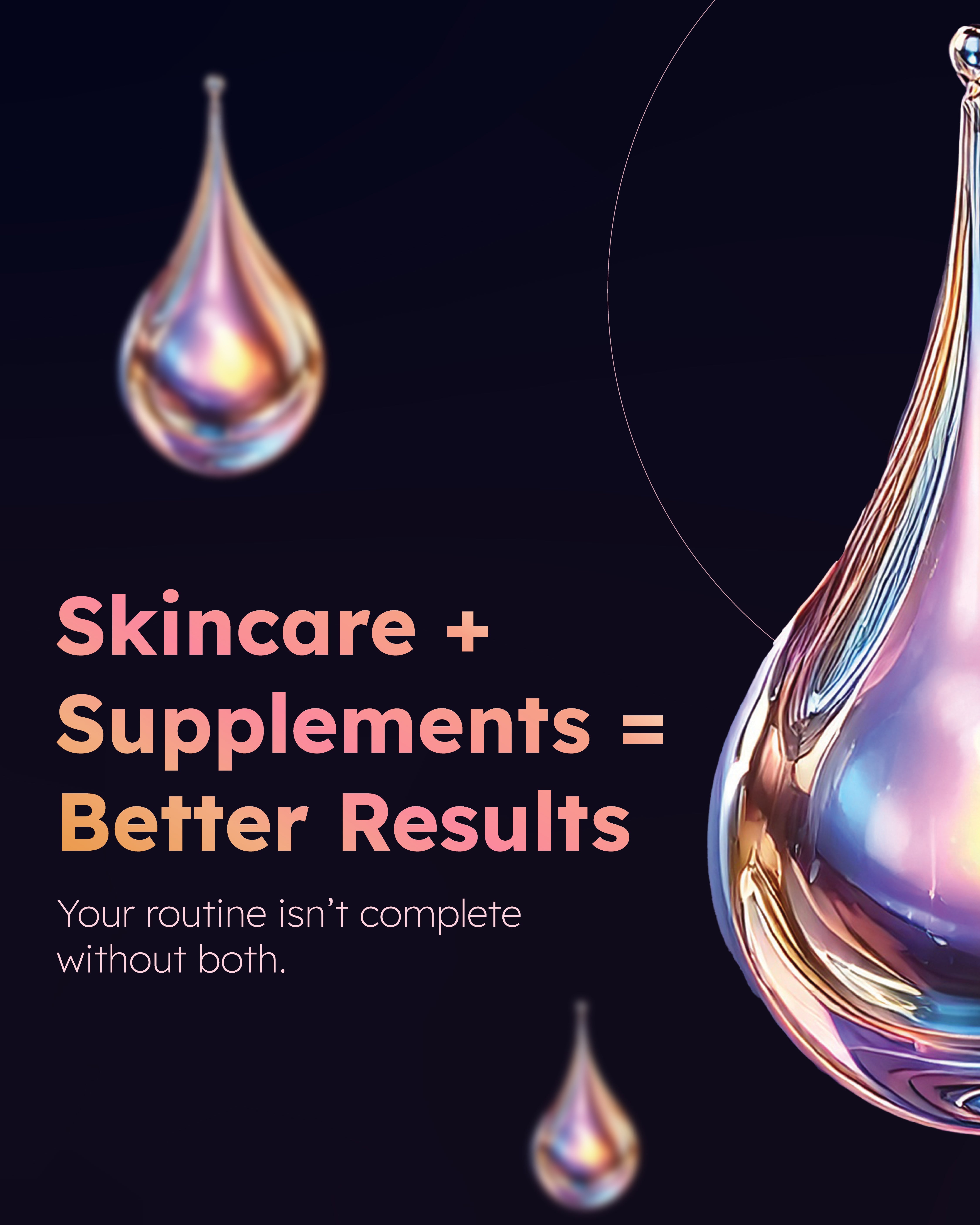Step-by-Step Guide to Identify if Your Skin Type is Oily:
Oily skin is a major issue in males and females, from young to older individuals. Many surveys and studies suggest that complaints such as acne, skin sensitivity, and enlarged pores are associated with oily skin.
In India, weather conditions, exposure to pollution, and sun contribute to these issues. Before labeling skin type as oily or sensitive, it is very important to understand what oily skin means and how to identify it.
What do we mean by oily skin?
To understand and identify oily skin, one must understand sebum production. Sebum is produced by the sebaceous gland, which is located in the dermis, which is the second layer of the skin.
This sebum is very important to protect skin by keeping it moist, regulating temperature, and maintaining skin texture. It is produced almost all over the body besides the palms and feet soles. Due to hormonal changes, puberty, and atmospheric changes, sebum production can change.
In the case of oily skin, sebum production is excessive, and in a way, it is good for the skin. As we age, our skin tends to be dry, resulting in flaky-dull skin. When sebum production is high, it increases oiliness in the skin. At the same time, oily skin also contains dead skin cells, sweat, tiny particles, etc.
What symptoms and signs can we see in the case of oily skin??
- Acne & breakouts: One of the most common complaints people with oily skin have is persistent acne and breakouts. Acne and breakouts affect personality and confidence levels. The reason for acne is not oily skin, but many times, it is induced due to hormonal changes, dietary changes, access to cosmetics, and exposure to pollution.
- Shiny skin: Excess sebum production highlights T spots on the forehead, nose, and chin. Usually, this T spot is shining and is a matter of concern for individuals with oily skin. This area is greasy and shiny all the time due to excess oil.
- Blackheads: Due to excess oil production and dead skin, this T spot will have blackheads and affect skin texture and appearance. Even having open pores can increase the issue related to blackheads.
- On and off pimples: One of the most common signs associated with oily skin is pimples and blemishes. Excess moisture and dead skin cells lead to pimples.
- Clogged pores: One benefit of having oily skin is that it will never go dry, and if the right moisture is maintained, it gives the right glow to the skin. If cleansing and oil production are not controlled, it can lead to clogged pores. Also, this leads to blackhead and pimple issues.
- Unable to wear makeup for a longer time: Due to access sebum secretion, oily skin will tend to break down the applied cosmetic products and lead to the fading of the makeup.
Identify Oily Skin at home with the simple steps:
Now that we know about the signs and symptoms of oily skin, let us see a few simple and easy steps that can be taken to identify one's skin type. Try the tests below and comment on your results here:
Steps to Identify Oily Skin at Home:
1. The Bare-Face Test:
This is the most common and easiest test to identify oily skin type. One can wash the face with a cleanser and pat it dry. No need to rub it. Wait for 30 minutes without applying any beauty product. If you identify that T spots on your face are oily, then your skin type is likely oily.
2. Blotting Paper Test:
Another easy test to identify skin type is the blotting paper test. After waking up in the morning, press blotting paper on different areas of your face. Then, hold this paper in the light and observe if it has oil on it. If it has oil, then it's oily skin.
3. Pore Examination:
After completing the above simple tests, just to reconfirm, you can also observe your pores. If you find that pores on your face are large and noticeable, then it's oily skin.
4. Makeup Longevity Test:
Whenever you apply makeup on your face, observe how long it stays intact. If you find that powder or foundation breaks down within a few hours, then it's oily skin for sure.
Conclusion
The first step towards skin care is to identify the skin type. If you understand that your skin type is oily, then you can further select skincare regimen, products, and tools as per that. Do these step-by-step tests at home to identify your skin type. If required, discuss with qualified doctors and move ahead with your skincare routine.


